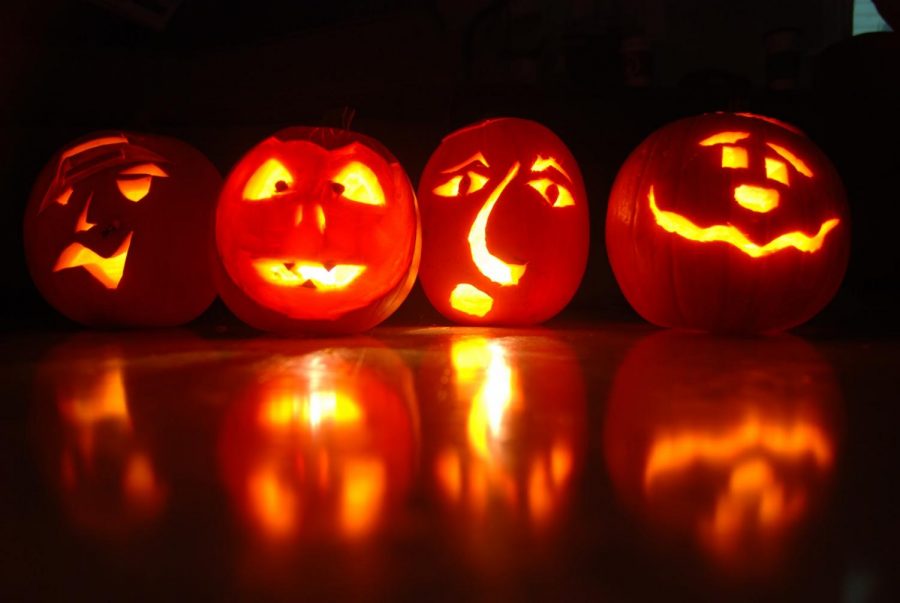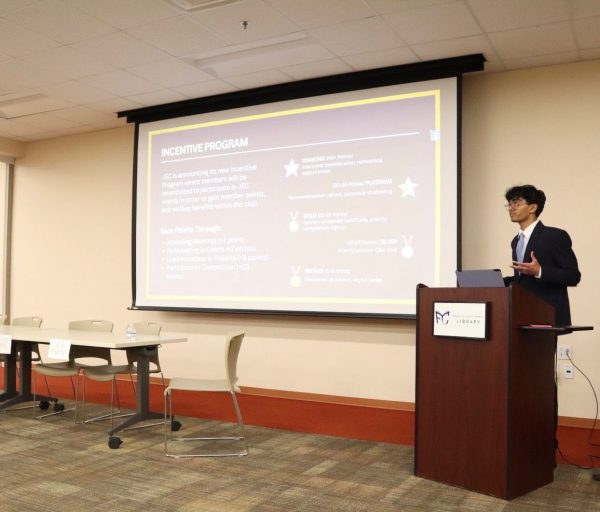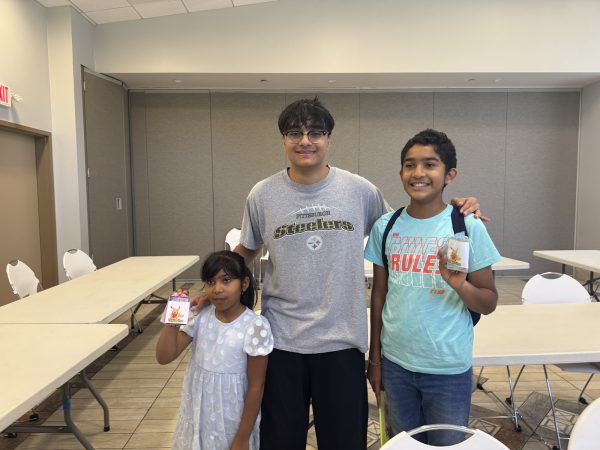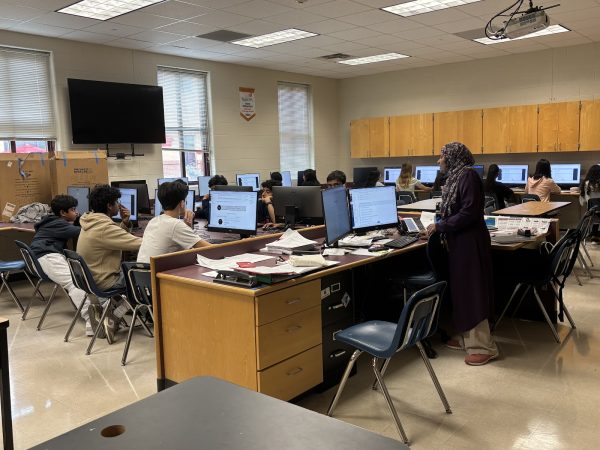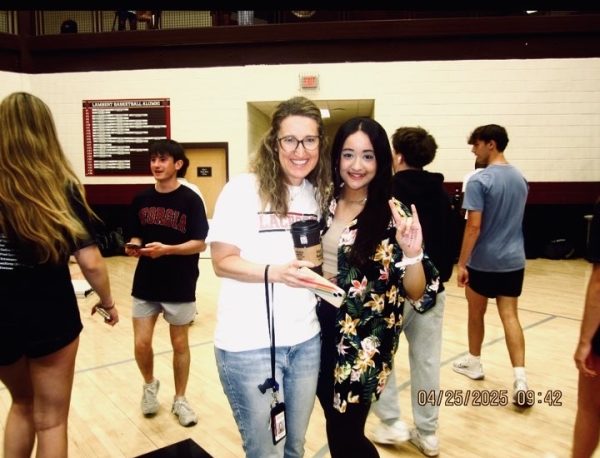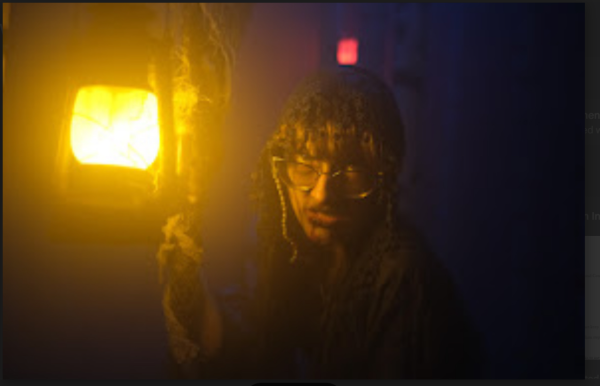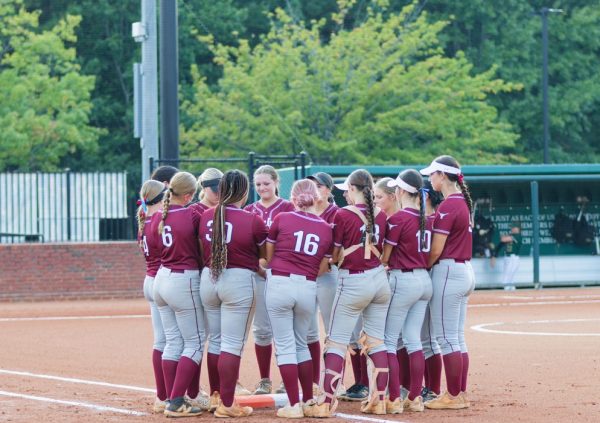The History of Halloween
Halloween this year is likely to look a little different. As we try to stay festive while still complying with CDC guidelines, many people find themselves disheartened by the restrictions. Though we may feel disappointed by our expectations and the reality not aligning, we can alter our celebrations to remain safe while looking back on the history of the holiday itself.
The advent of Halloween originally began with the Celtic festival of Samhain, a pagan festival celebrating the start of the Celtic year (the cusp of summer and winter) and the mysterious day in which the “barriers between the physical world and the spirit world break down”. This festival was celebrated mainly in Ireland, Northern France, and the United Kingdom by the Celts who lived around 2,000 years ago. They celebrated with costumes and bonfires for the purpose of warding off ghosts and evil spirits that were able to enter the world on that day.
Flash forward a few decades: Christianity was now commonplace and the focus shifted from fire festivals. In the 9th century, Pope Gregory III declared November 1 to be All Saints Day. The day before, October 31, was designated All Hallow’s Eve. The day after was known as All Souls Day in celebration of the dead, which followed the typical Celtic tradition with parades and costumes. On this day, people would go door-to-door, a practice integrated into modern-dayHalloween, and receive “soul cakes” as a reward.
Eventually, these traditions began to spread over the world by the physical movement of the people who practiced. During the colonial period of America, Halloween was primarily limited to Maryland and the Southern colonies because the New England colonies had strict religious practice forbidding the celebration.
The second half of the 19th century brought a cultural infusion to America in the form of Irish immigrants fleeing the potato famine. This brought Halloween to the rest of the country and secularized it on a larger scale. This is why there is no longer a strong religious emphasis on the holiday.
The modern celebration of Halloween has several distinct and consistent practices that have come to define the holiday: masks, candy, ghosts, black cats, and more. The practice of wearing costumes and masks derives from the need to conceal oneself from ghosts. On this day when ancient people believed the barriers between life and death to be blurred, leaving the house meant one could encounter spirits and ghosts in the streets. The masking of their face or changing their appearance prevents these creatures from recognizing them.
Black cats are seen as unlucky due to a belief from the Middle Ages that witches had the ability to turn themselves into these creatures and avoid being exposed as a witch. Lastly, the giving out of candy derives from the aforementioned “soul cakes” and trick-or-treating comes from the All Souls’ Day parades in England in which it was referred to as “going a-souling”.
Like the majority of society’s modern celebrations, Halloween has a rich history of cultural mixing that makes it complicated to truly explain the components of its origin. The influence of several distinct groups and a plethora of traditions and customs all mingle gradually, creating a holiday so compelling it has become mainstream and can withstand the test of time.
Your donation will help support The Lambert Post, Lambert High Schools student-run newspaper! Your contribution will allow us to purchase equipment and cover website hosting costs.



